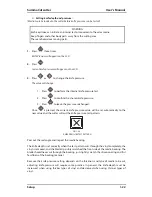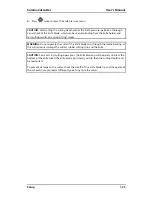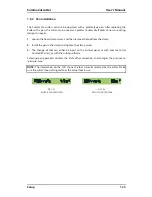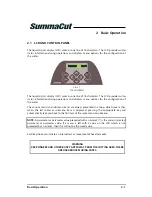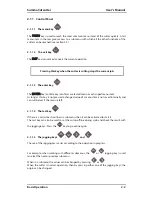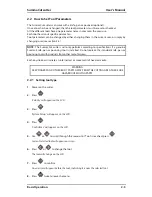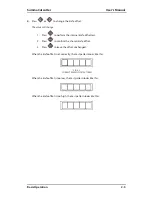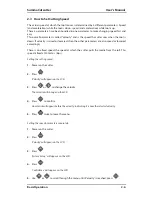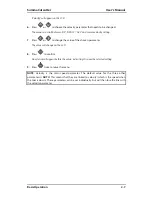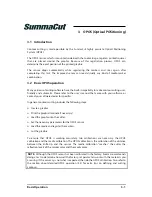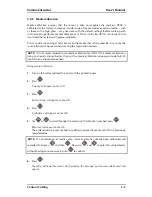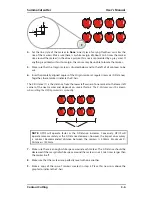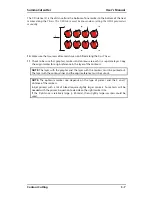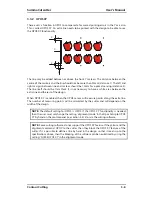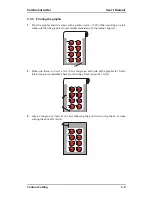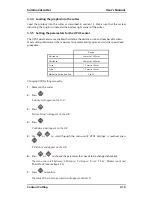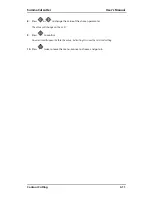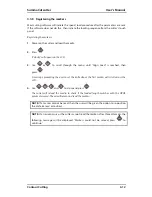
Basic Operation
3-1
3
OPOS (Optical POSitioning)
3.1
Introduction
Contour cutting is made possible by the SummaCut highly accurate Optical Positioning
System (OPOS).
The OPOS sensor, which is mounted underneath the tool carriage, registers printed squares
that are placed around the graphic. Because of this registration process, OPOS can
determine the exact position of the printed graphic.
The sensor drops automatically while registering the markers and rises again after
completing this task. The improved sensor can read virtually any kind of media-marker
combination.
3.2
Basic OPOS operation
Many versions of cutting software have the built-in capability to make contour cutting user-
friendly and automatic. Please refer to the user’s manual that came with your software or
contact your software dealer for specifics.
In general, contour cutting includes the following steps:
¾
Create a graphic.
¾
Print the graphic (laminate if necessary).
¾
Load the graphic into the cutter.
¾
Set the necessary parameters for the OPOS sensor.
¾
Load the media and register the markers.
¾
Cut the graphic.
To ensure that OPOS is working accurately, two calibrations are necessary: the OPOS
calibration and the media calibration. The OPOS calibration is the calibration of the distance
between the knife tip and the sensor. The media calibration “teaches” the cutter the
reflection levels of the marker color and the media color.
NOTE:
Although the OPOS sensor has been calibrated in the factory, Summa recommends
doing a test to determine how well the factory-set parameters work with the materials you
are using. If the accuracy is not what is expected, then do the OPOS calibration. Also refer to
the section about detailed OPOS operation (3.3) for extra tips on defining and cutting
contours.
Summary of Contents for SUMMACUT
Page 1: ...User s Manual Rev 004...


